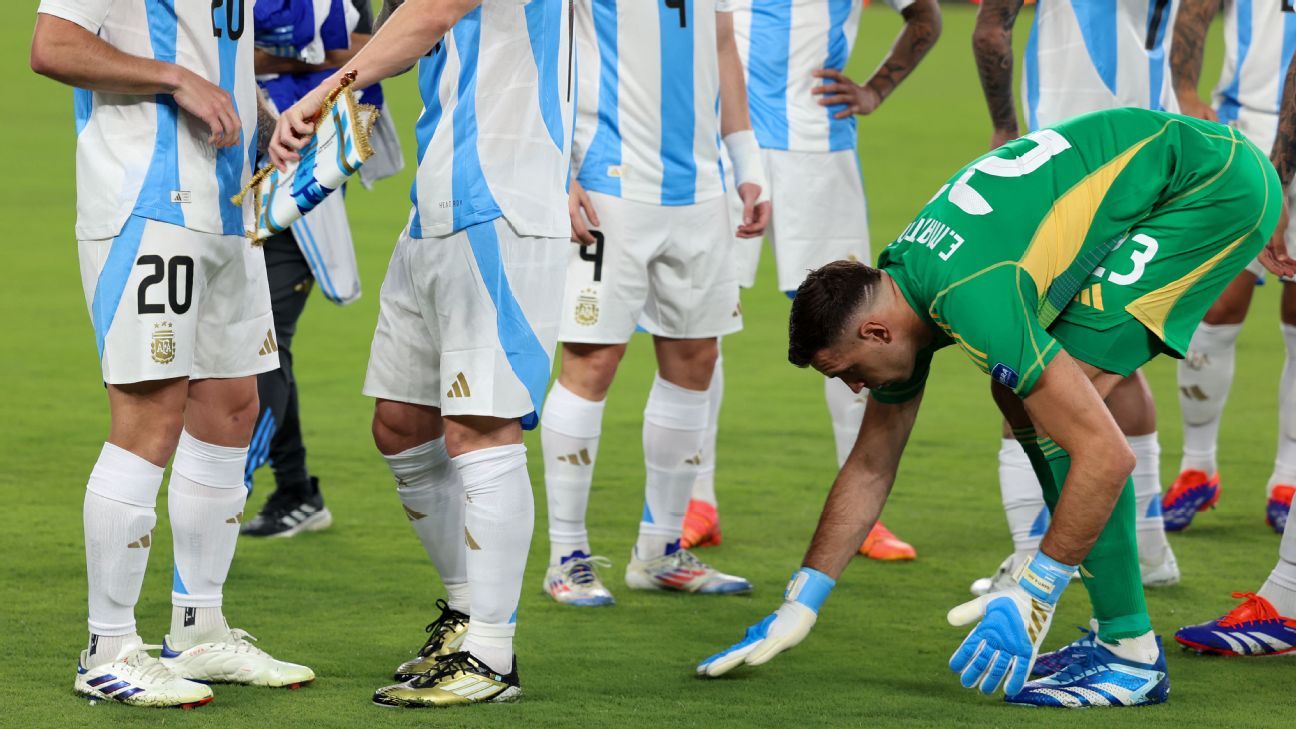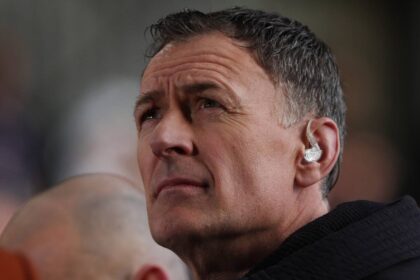Last summer, the United States hosted the Copa América, a prestigious tournament featuring top national teams, which many viewed as a preliminary event ahead of the main attraction: the 2026 FIFA World Cup to be shared with Mexico and Canada. However, rather than generating enthusiasm, the event raised alarms about pitch quality; players criticized the “disastrous” fields, while the organizing body, Conmebol, defended the playing surfaces. This has led to doubts about the U.S.’s preparedness for the World Cup, with FIFA leveraging this summer’s Club World Cup to assess readiness.
The restructured 32-team Club World Cup is set to take place at 12 venues primarily used for NFL games. This competition aims to showcase elite players, including Kylian Mbappé, Erling Haaland, and Harry Kane, and fans expect to see major clubs like Real Madrid and Manchester City take the stage. These matches will serve as a precursor to the significant challenges of next summer’s World Cup.
Five venues, including Mercedes-Benz Stadium in Atlanta and MetLife Stadium in New Jersey, will host both the Club World Cup and the World Cup in 2026. However, their NFL-centric design complicates the installation of grass for extended periods. Conmebol’s temporary fix at Copa América was to use grass overlays, but this approach proved inadequate, as they tended to break apart and create uneven surfaces, leading to player complaints.
In response to last summer’s field controversies, FIFA has pledged to adopt a new approach. While no World Cup matches have ever utilized artificial pitches, FIFA is committed to developing innovative strategies for installing real grass in NFL stadiums.
“We’re focusing on the Club World Cup and the 2026 World Cup, which present unprecedented challenges,” remarked a FIFA official. “The previous World Cup set no precedents, particularly not with multiple hosts and the unique issues we face now.”
Changing Strategies for the Club World Cup Following Copa América’s “Disastrous” Pitch
Last summer, numerous coaches and players voiced their discontent about the field conditions at the Conmebol tournament, particularly pointing to the subpar conversion from artificial to natural grass hours before matches.
Stadiums like MetLife, Mercedes-Benz, and others primarily serve the NFL and will also host World Cup matches next summer. Argentine goalkeeper Emiliano Martinez labeled the pitch at Mercedes-Benz a “disaster,” highlighting its challenges in an upcoming World Cup setting.
“The surface was extremely uneven,” Martinez stated, noting its impact during a key match. “It was as if we were running on a disaster of a pitch against a strong Canadian team.” Midfielder Weston McKennie echoed these sentiments, emphasizing the difficulties posed by the patchy grass. “Every step was a gamble,” he lamented.
In venues featuring artificial turf, the installation of grass panels has led to further frustrations, though Conmebol insisted the surfaces were safe. They recognized that while aesthetics posed issues for players, there was still functional safety. Each venue received varying levels of attention and care, which affected play quality.
Heading into both the 2025 Club World Cup and 2026 World Cup, FIFA is under pressure to deliver quality pitches, especially with the backdrop of complaints from Copa América affecting its preparations.
“FIFA is looking at logistics meticulously for the upcoming tournaments,” remarked a FIFA representative. “The combination of managing NFL stadiums and their turf dynamics introduces a level of complexity we’ve never faced before.” This refocus on pitches is crucial as FIFA strives to avoid a recurrence of the challenges seen during Copa América.
New Methods for Implementing Grass in Future Tournaments
If FIFA addresses the pitch challenges post-Copa América, they aim to unveil strategies to adapt to the unique climate and outdoor specs for both the Club World Cup and 2026 World Cup. Instead of rotating fields, FIFA plans to install a single surface at each venue, allowing for setups to occur up to two months in advance.
FIFA has decided against the temporary pitch overlays that sparked complaints and is now considering a hybrid solution that combines both natural and artificial grass. These new installations would ensure better drainage and air access while allowing for a temporary yet effective playing surface.
FIFA has already trialed this method during a recent international match and aims for smoother player experiences leading up to the World Cup. “While there’ll be adjustment periods for players, the goal is to ensure they can adapt easily to these fields,” one representative stated.
As the Club World Cup and World Cup both present distinct logistical challenges, this new approach represents an opportunity for FIFA to redefine standards for pitch quality on the international stage. The focus on improving pitch conditions is crucial for the integrity of high-stakes matches and assures fans that the sport is evolving with the challenges it faces.
Fan Take: This news is vital for soccer fans, as it highlights FIFA’s commitment to ensuring that players compete on quality surfaces, which is essential for fair play and excitement during major tournaments. Improved pitch quality will enhance the overall viewing experience and increase the level of competition in the beautiful game.



